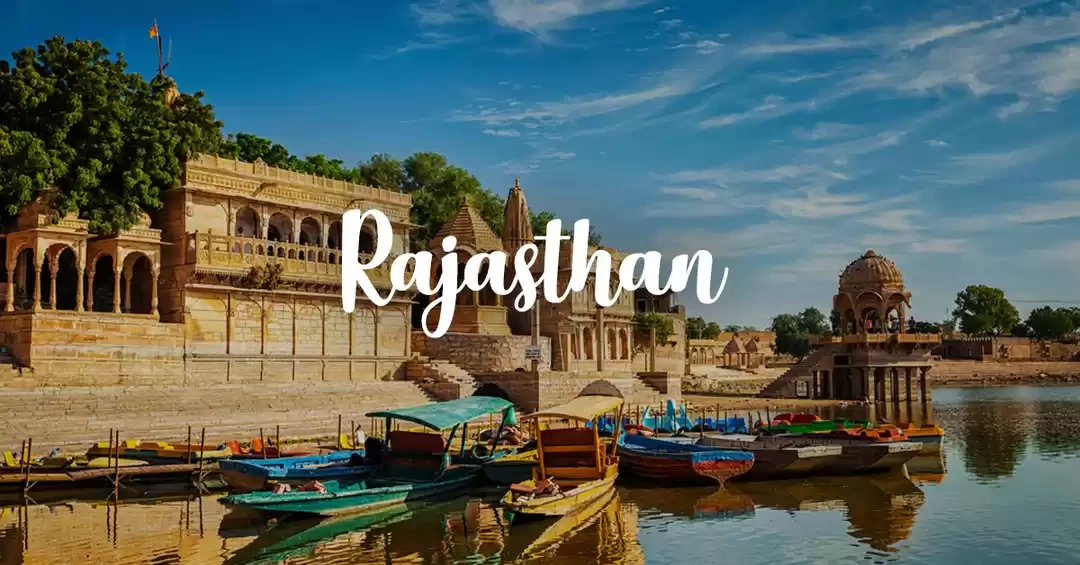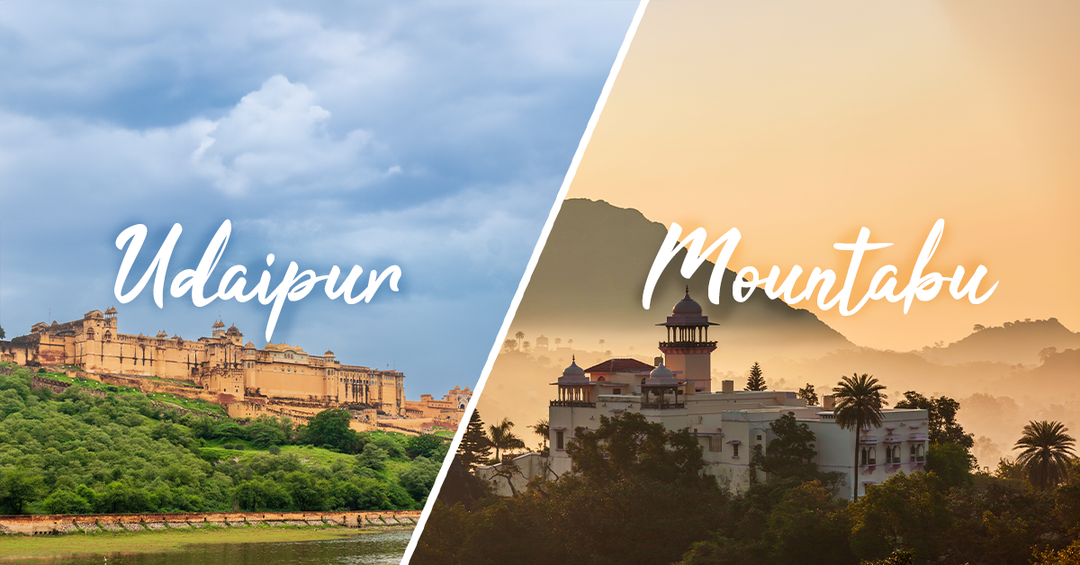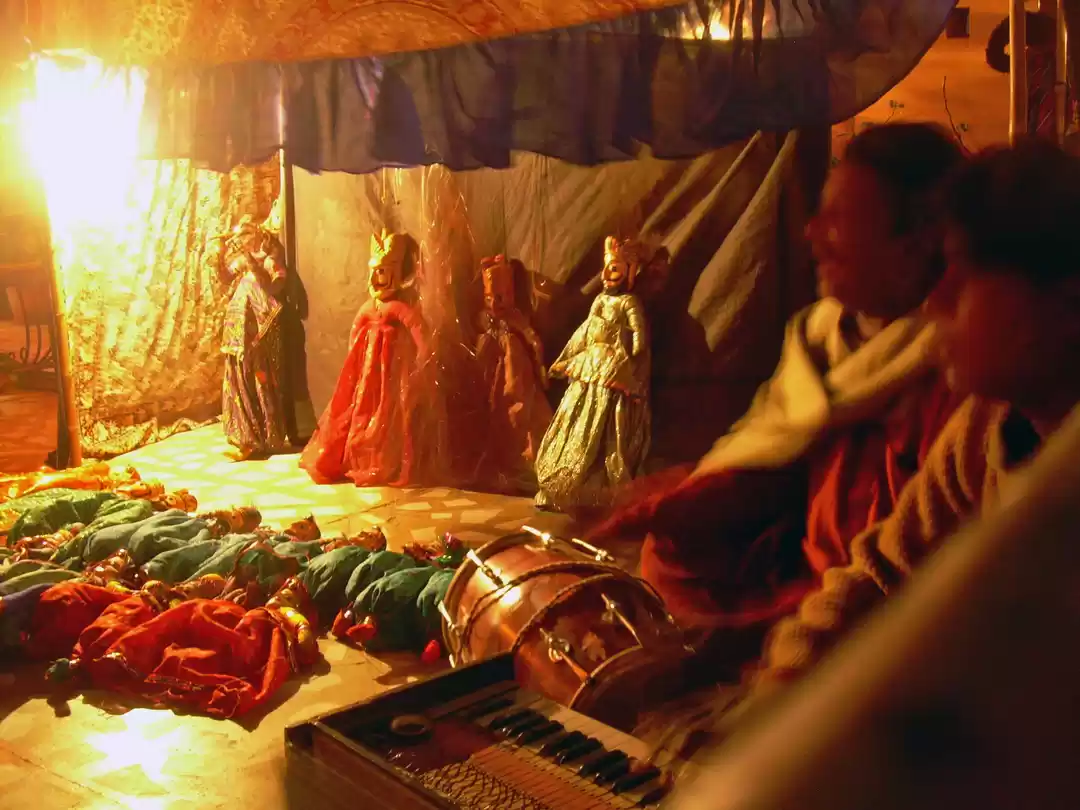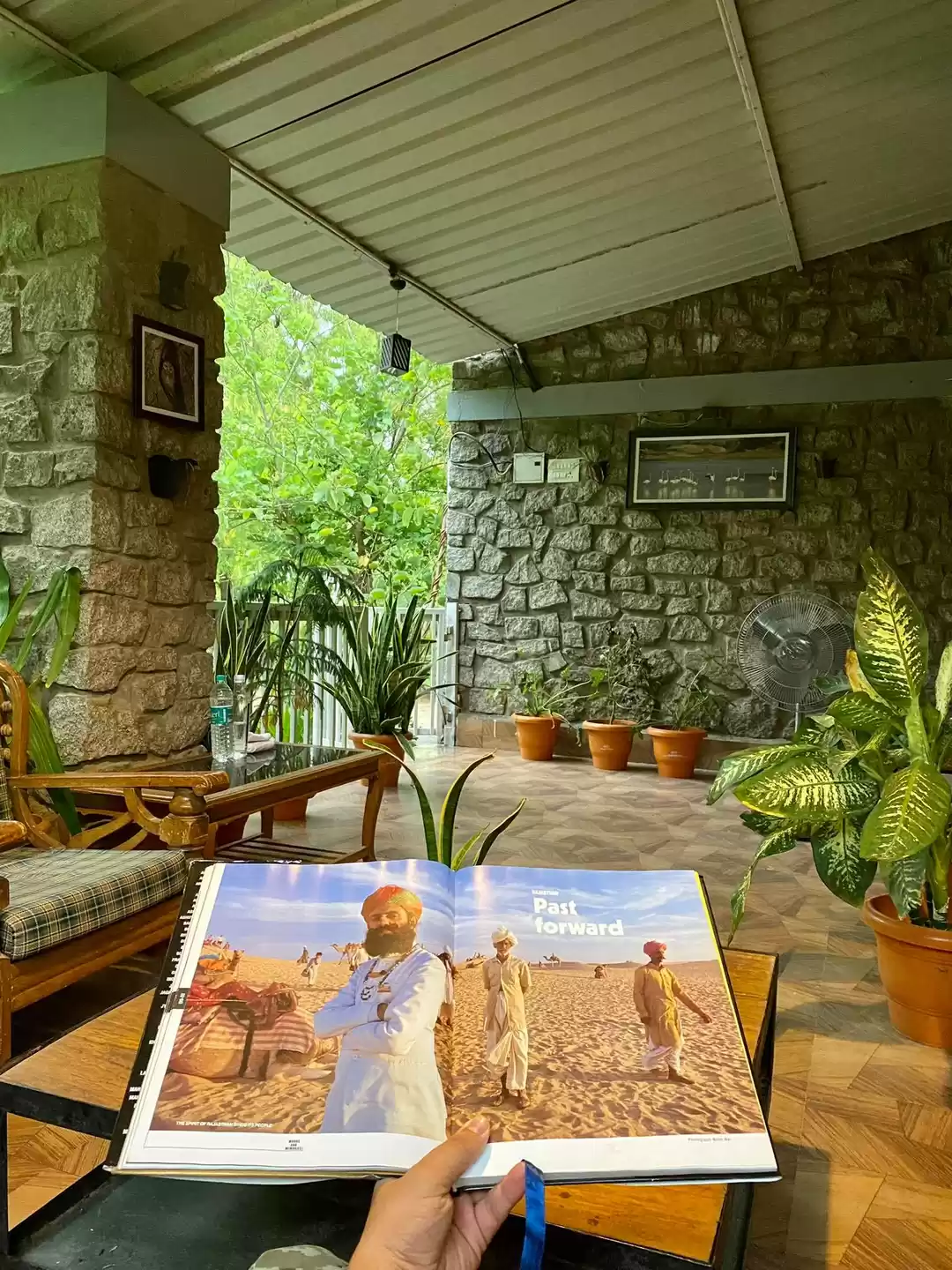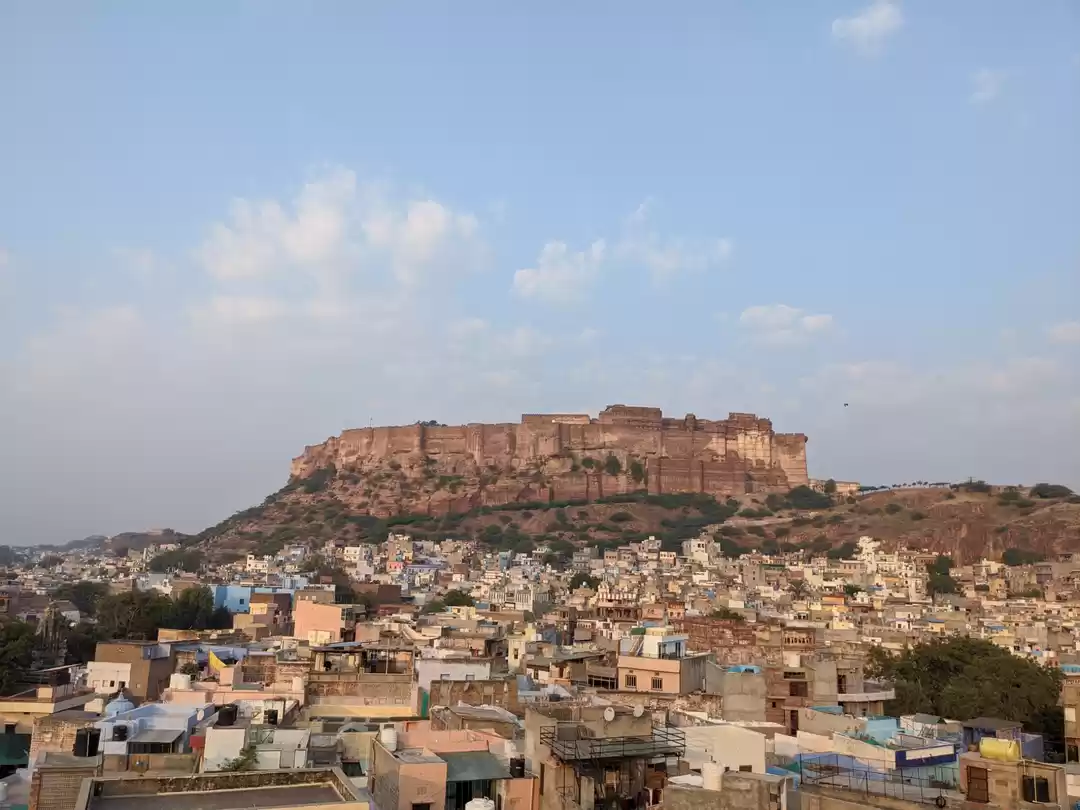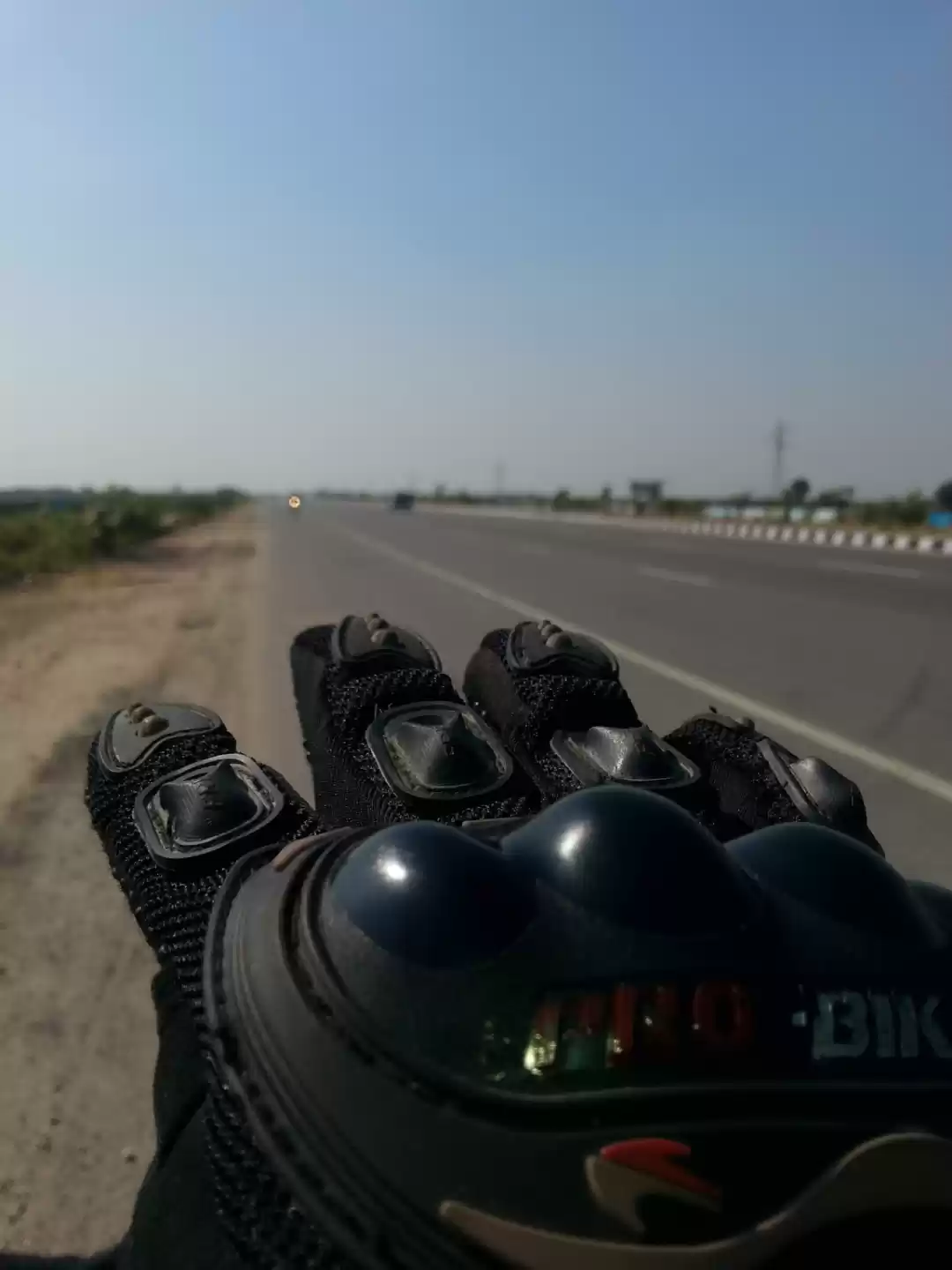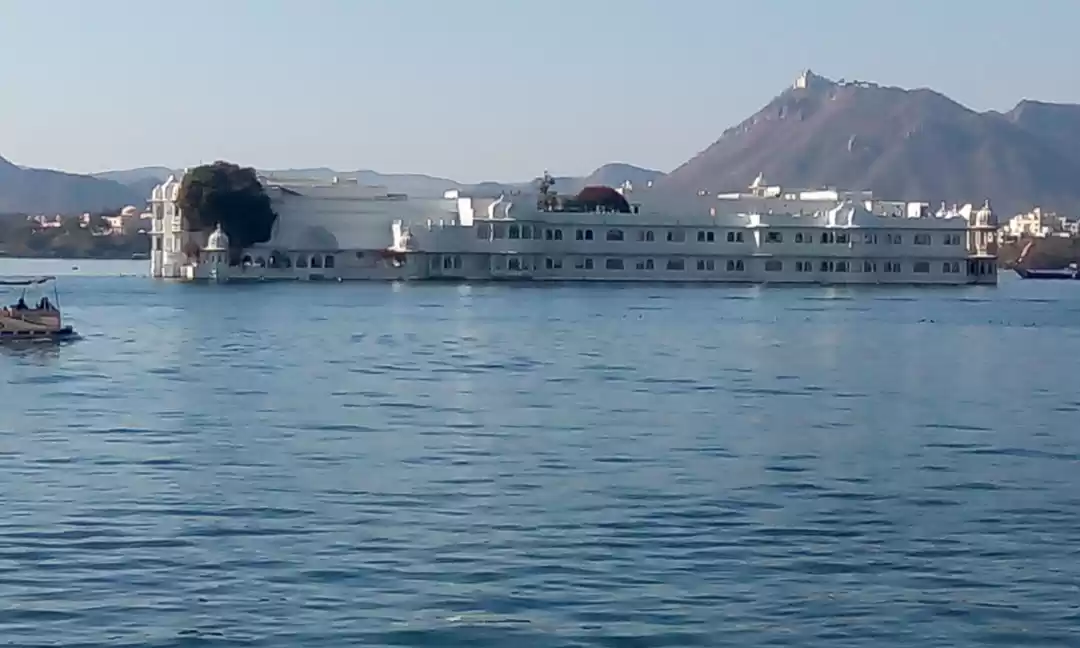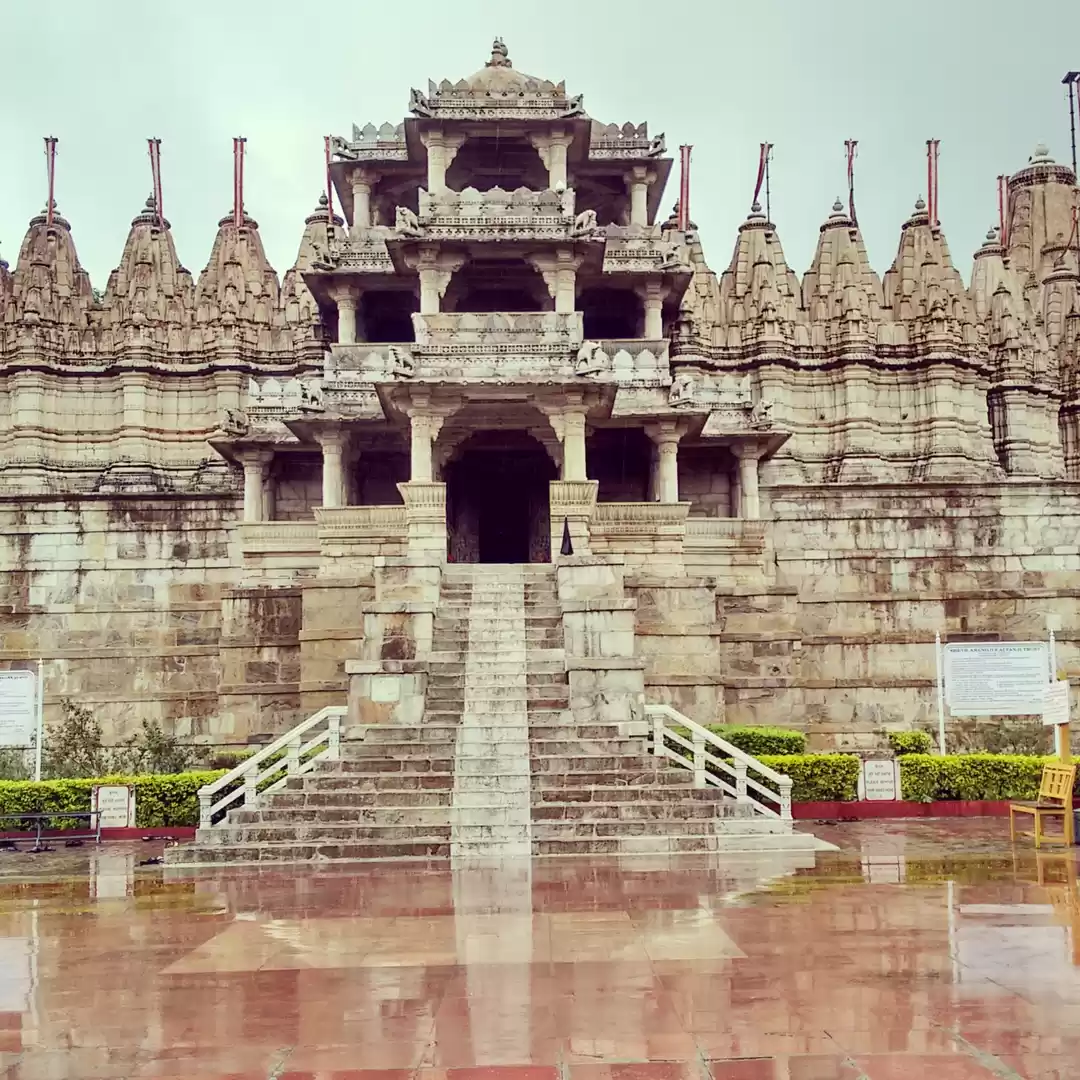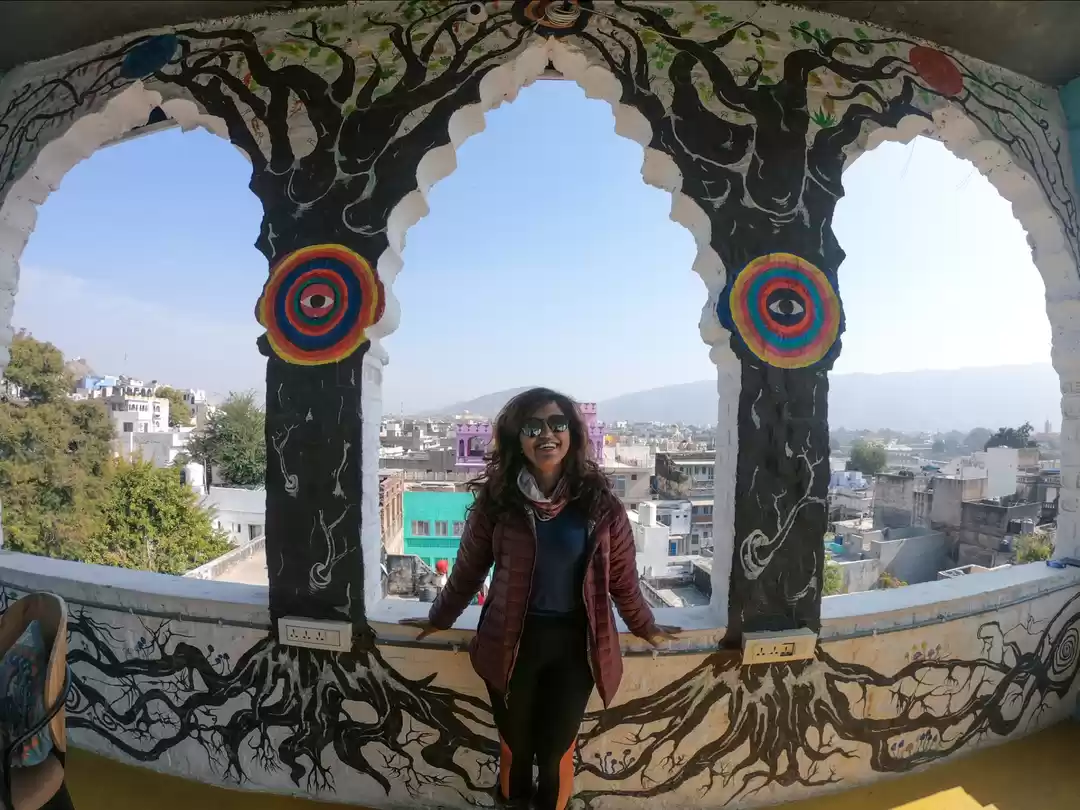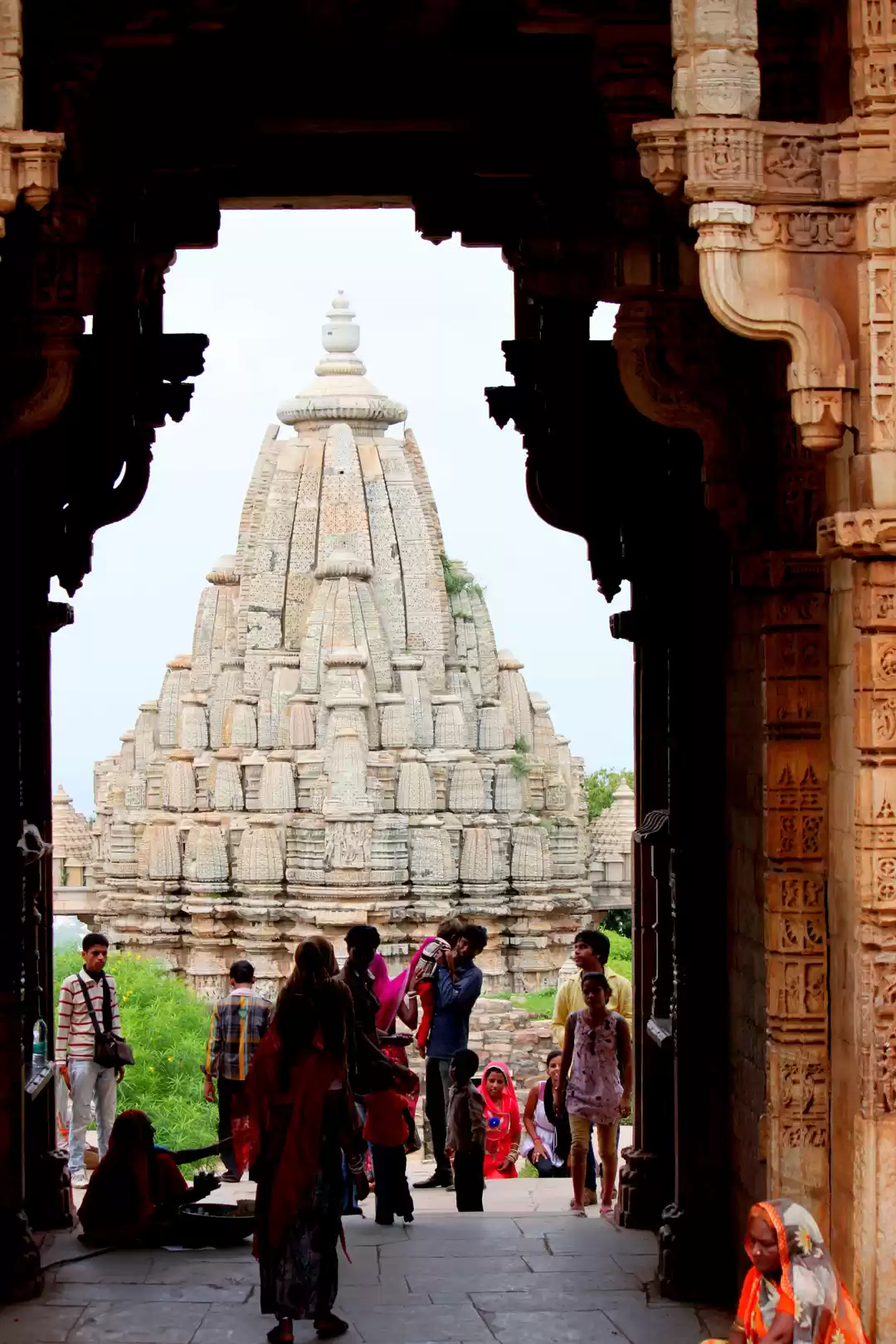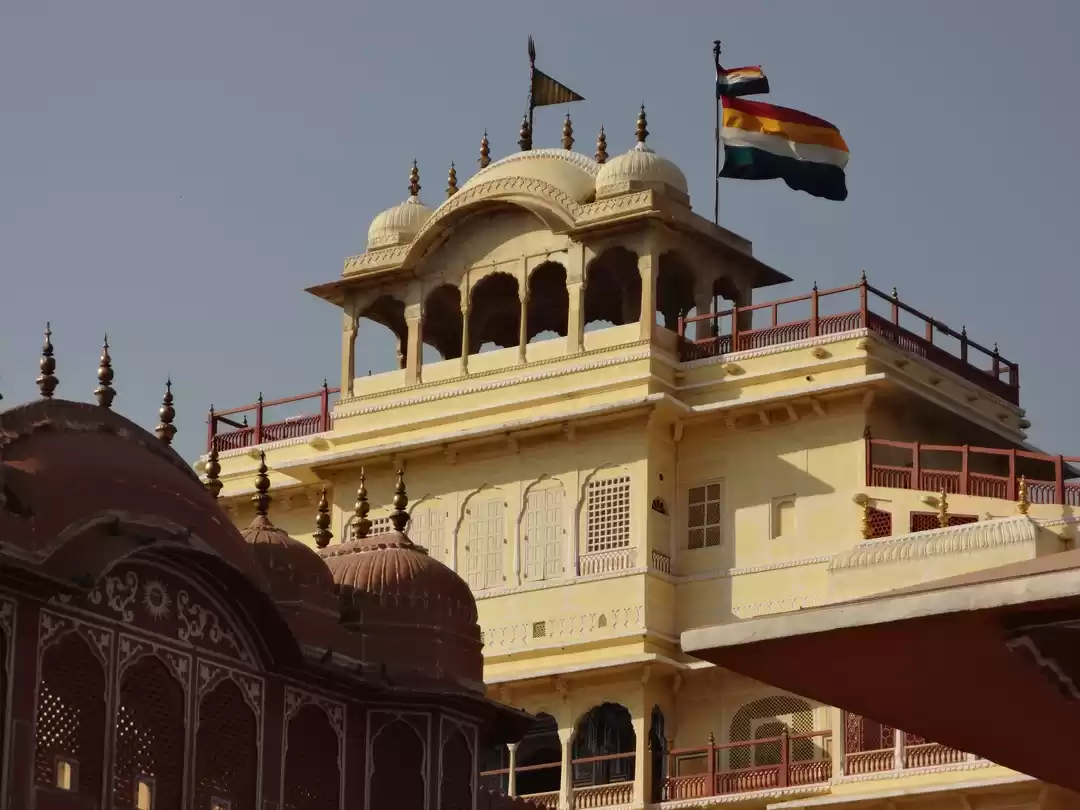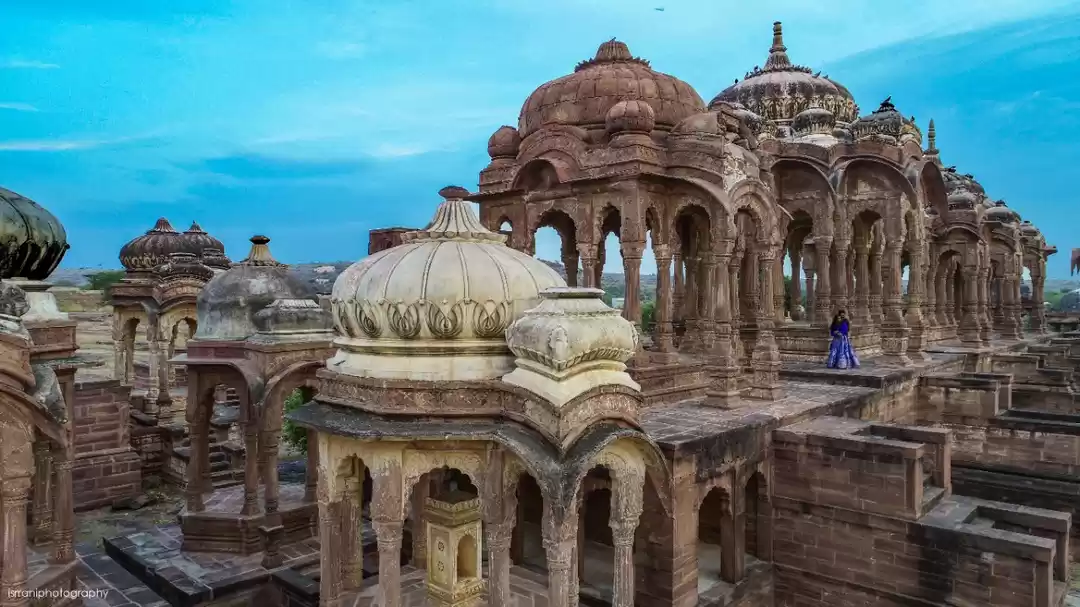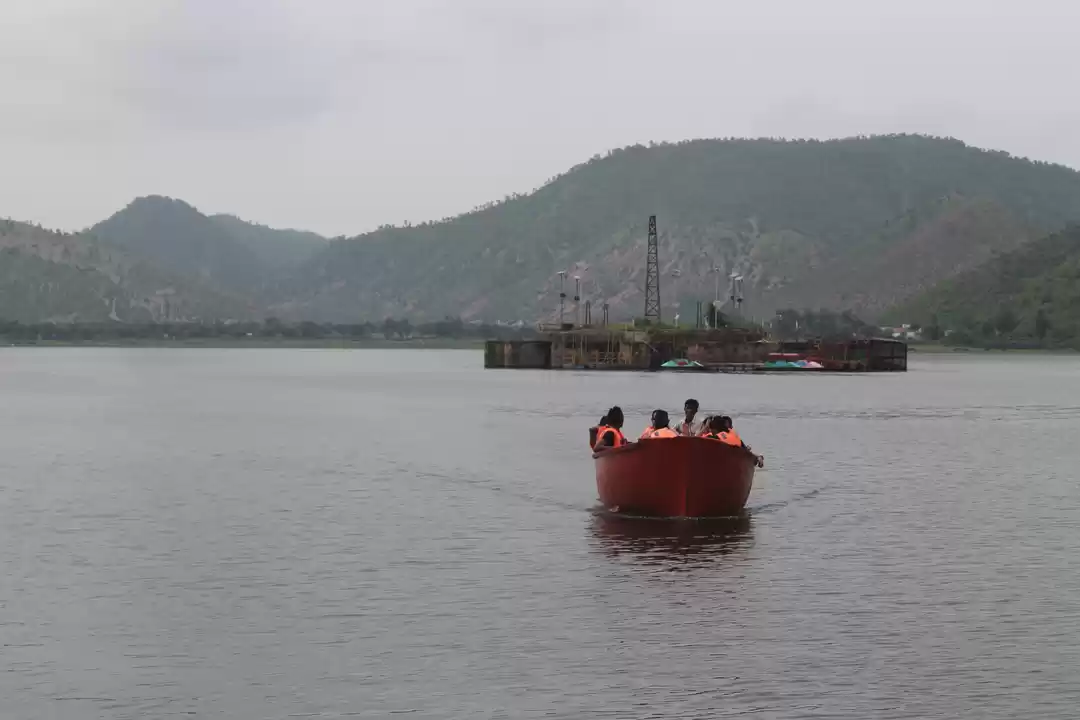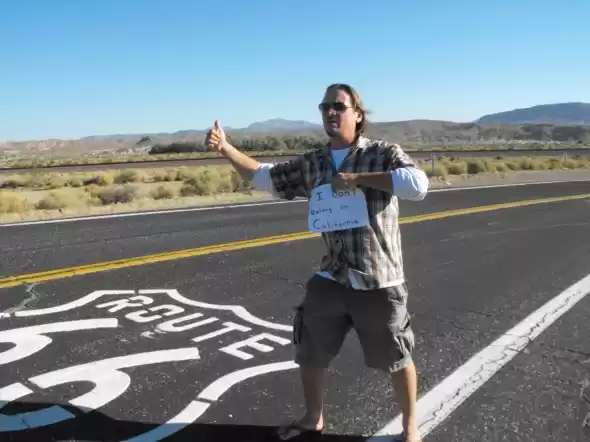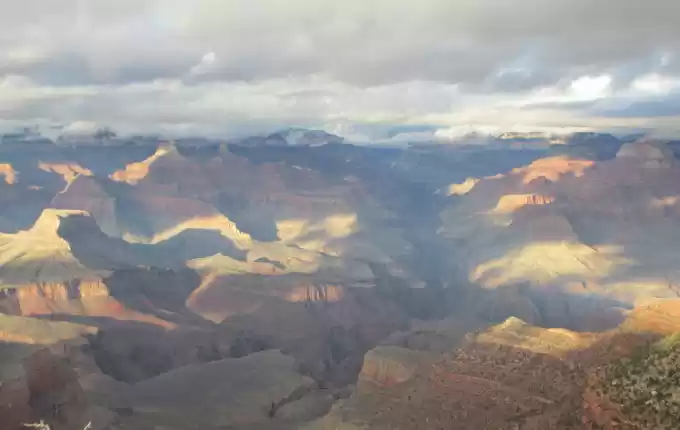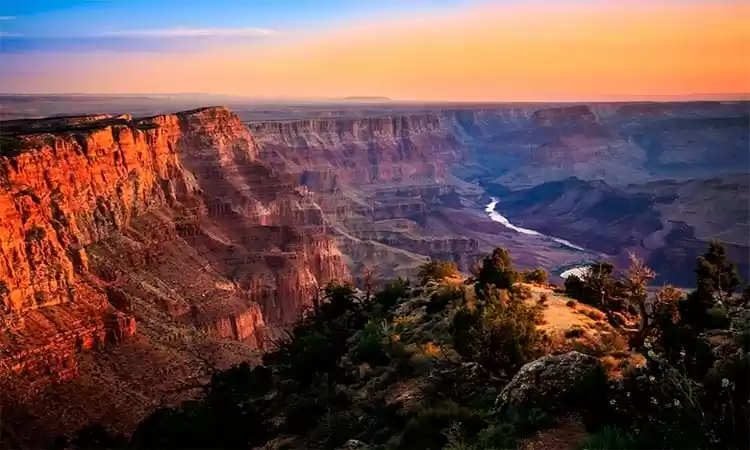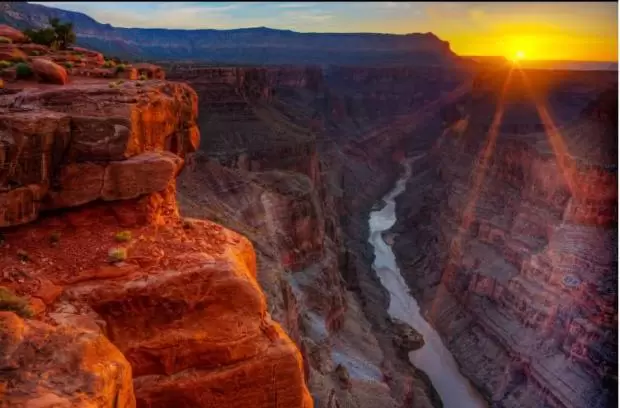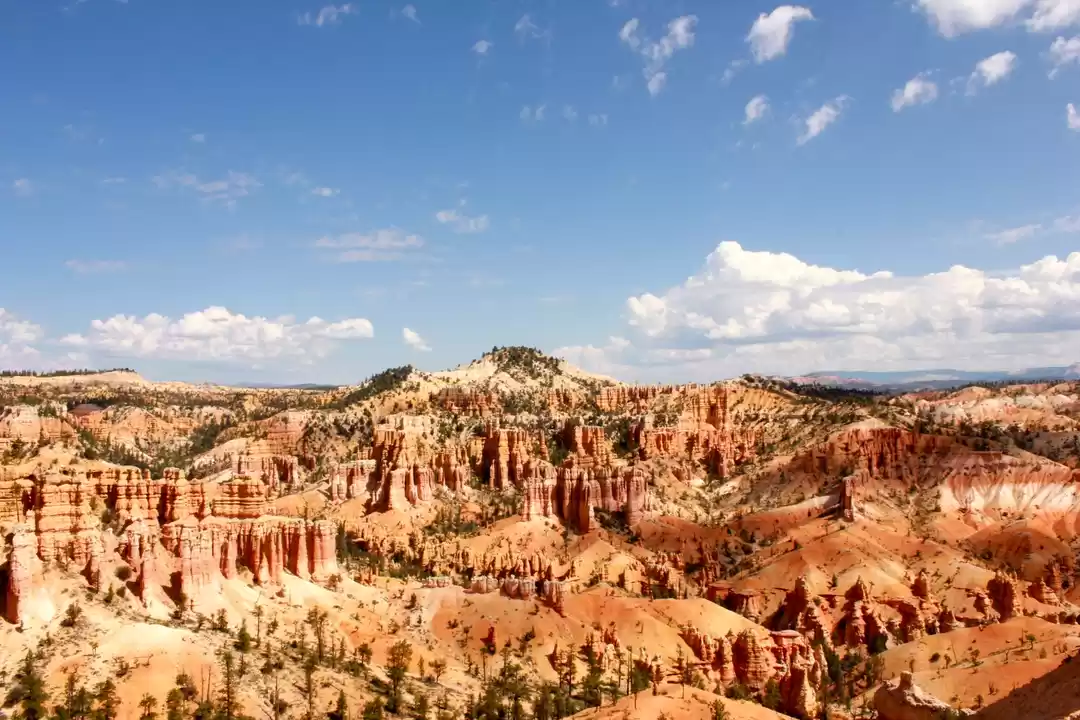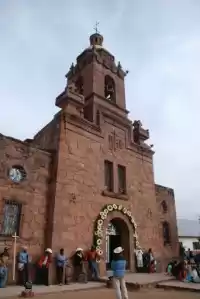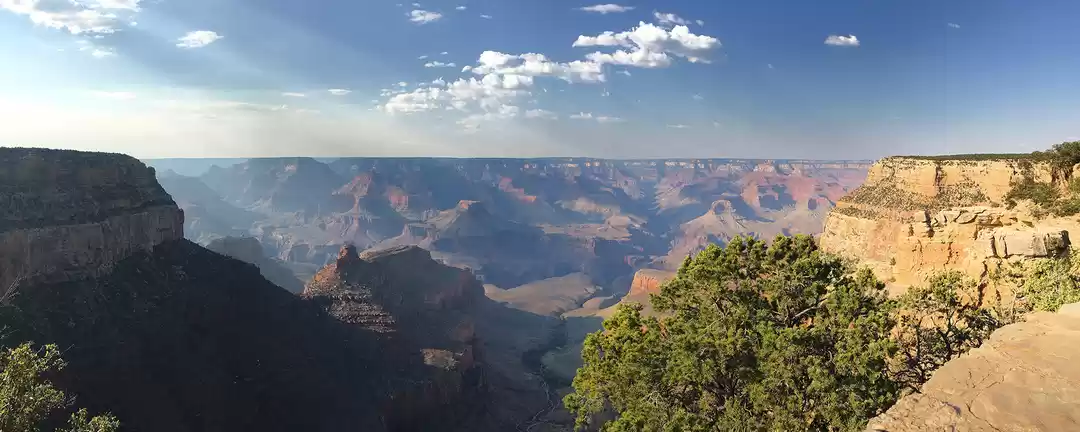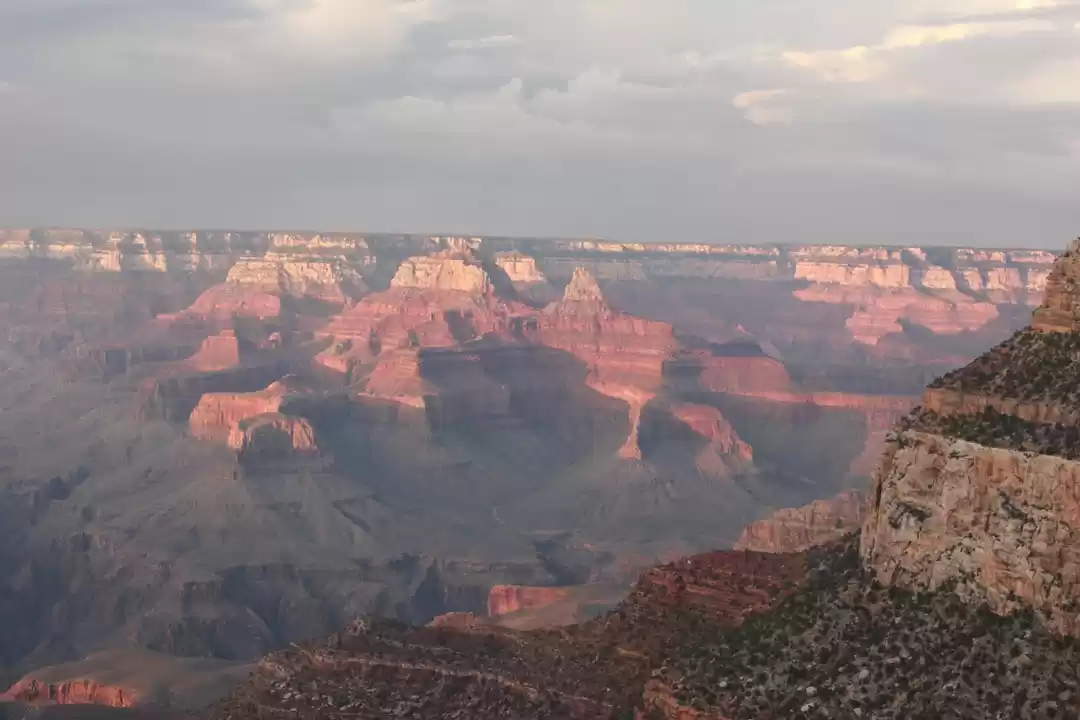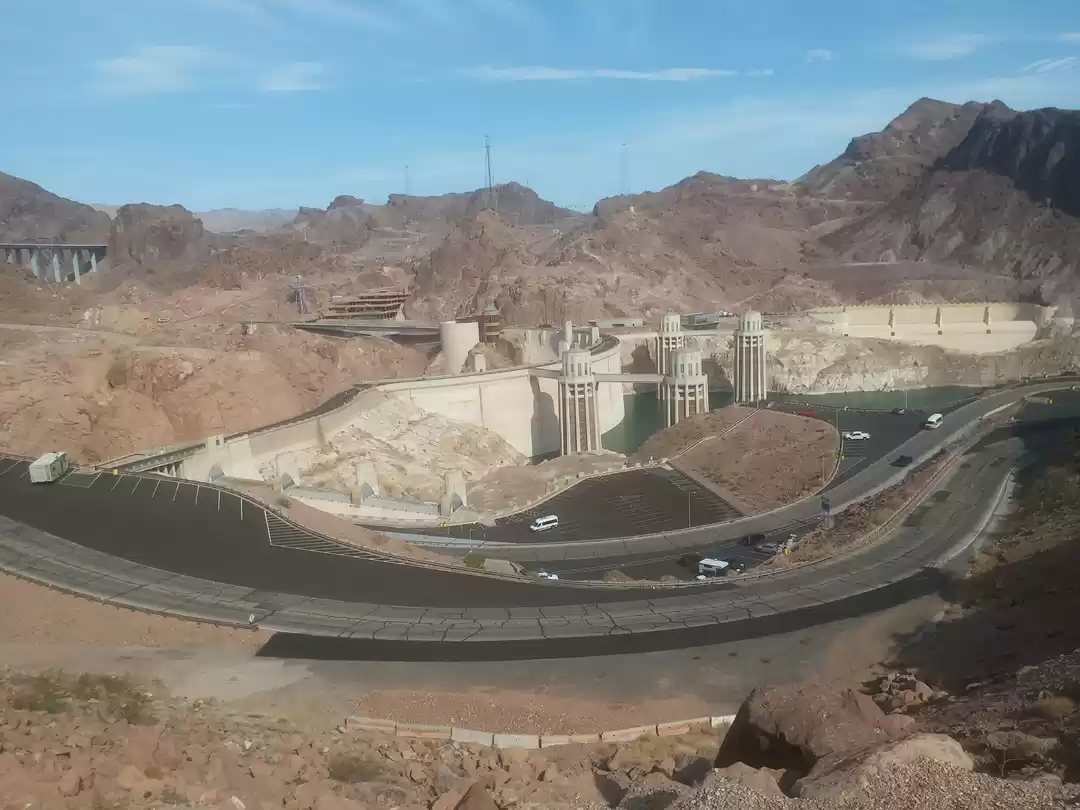
We know everything's big in Texas, and the Lone Star State is full of surprises... but this was one BIG surprise!
To make it even more surprising, we didn't find it in Big Bend National Park, or even in that southwest part of the state where mountains are a part of the landscape.
No, the impressive Palo Duro Canyon is right smack in the middle of the plains of the panhandle. Out of nowhere the prairie drops one thousand feet down into the second largest canyon in the United States.
If we hadn't known what we were about to encounter our jaws would have hit the ground. They almost did anyway.

Driving toward the rim we couldn't help but think about what early settlers rolling across the smooth, open prairie in their covered wagons must have though when they hit the edge. "This is too easy, nothin' to it. We'll be in Caiforn... Holy $#*%!!!! What in the Sam Hill is this?"
It was formed by the Prairie Dog Town Fork of the Red River during the Pleistocene era, when melting Ice Age glaciers provided massive torrents of water. Thousands of years later, in 1934, this incredible geologic wonder became Palo Duro Canyon State Park.

Soon after that the CCC, Civilian Conservation Corps, built roads, trails, cabins, and campgrounds that still serve the park's hundreds of thousands of visitors.
On our recent autumnal visit we found nary a drop of the water that carved through the layers of rock through the ages, but we did find amazing colors in the resulting formations. These are very reminiscent of the Grand Canyon.


Even in the fall it can still be pretty hot, so we spent most of our time driving the miles of roads that took us over the edge and down the slope of the canyon wall then in a loop along the floor.
We did stop for a couple short hikes, one led to a formation called the painted rocks, where fairly recent erosion has exposed a large cliff of red-orange stone.

The other took us to a stone that natives had used for grinding roots, mesquite beans, and various seeds for food.
Over the ages the process wore down obvious holes in the rock that allowed archeologists to make the discovery.

Soon after that we encountered a good sized flock of wild turkeys. With the heat and lack of water, these were the only wildlife we saw all day, but we guess that they would have made a fine meal too.
When we drove back up on the rim, we stopped in for a quick look through the visitor's center and then another short walk that took us to an overlook with a panoramic view of the entire upper portion of the canyon.

From there we got a long distance view of the park's most famous landmark, Lighthouse Rock, which made us feel okay about skipping the six mile trail that would have given us a close up view. With that, we felt that we had done a pretty good job seeing most of the sights.
Amarillo is only twenty five miles to the north, but we decided to stay in the closer town of Canyon. This smaller, and definitely quirkier, little enclave proved to be a good choice.
It is home to West Texas A&M University, and the Panhandle-Plains Historical Museum on its campus, along with a couple interesting eating establishments that we can heartily give two thumbs up.

Feldman's Wrong Way Diner was fun, with model trains circling the ceiling, but our favorite for both the food and its unique combination had to be Pepito's Mexican Restaurante & Auto Sales.
We have a strict rule to never stop in Texas without getting our fill of Tex-Mex. However, we can't say that we've ever considered getting our burritos and Buicks in the same place, but we can declare that at least the food was fantastic. No word on the wheels
On our way back to the main road in Amarillo the following morning, we made a quick pit stop at the RV Museum. The collection is on display at Jack Sisemore Traveland, which is the oldest RV dealership in the state.
Jack began collecting vintage trailers, campers, and motorhomes back in 1986, and has managed to gather quite an impressive array that embody the past century of Recreational Vehicle development.

After spending most of the last ten years in our three motorhomes, we couldn't help but be intrigued, and were definitely not disappointed.
Right off the bat we were greeted by a 1915 Ford Kampkar. The body was actually made by Anheuser-Busch and fitted on to a Ford chassis, creating what was one of the first motorhomes, rustic as it may have been.
As we moved on, we encountered over a dozen other iconic models including the very first Airstream from 1935, a 1967 VW hippie bus, a 1976 FMC that was owned by Max Factor, and the 1948 Flxible bus featured in the Robin Williams movie RV.

One of the coolest things about this museum is that we were not only able to view these babies from the outside; the interiors are also open and impeccably restored. We could have spent all day, but had to get going.
As we pulled back out onto the highway it seemed more than fitting that we were traveling along the course of Route 66.
We certainly got our kicks.
David & Veronica, GypsyNester.com






